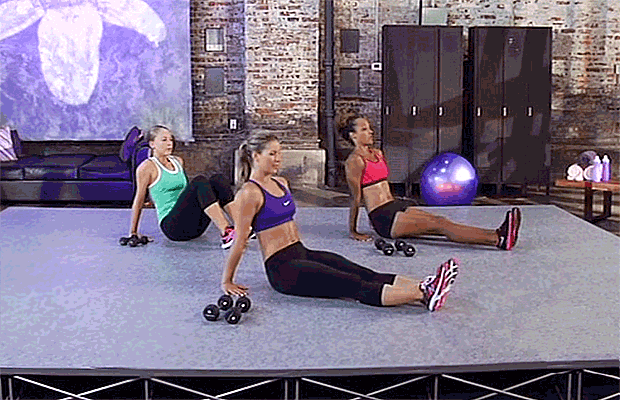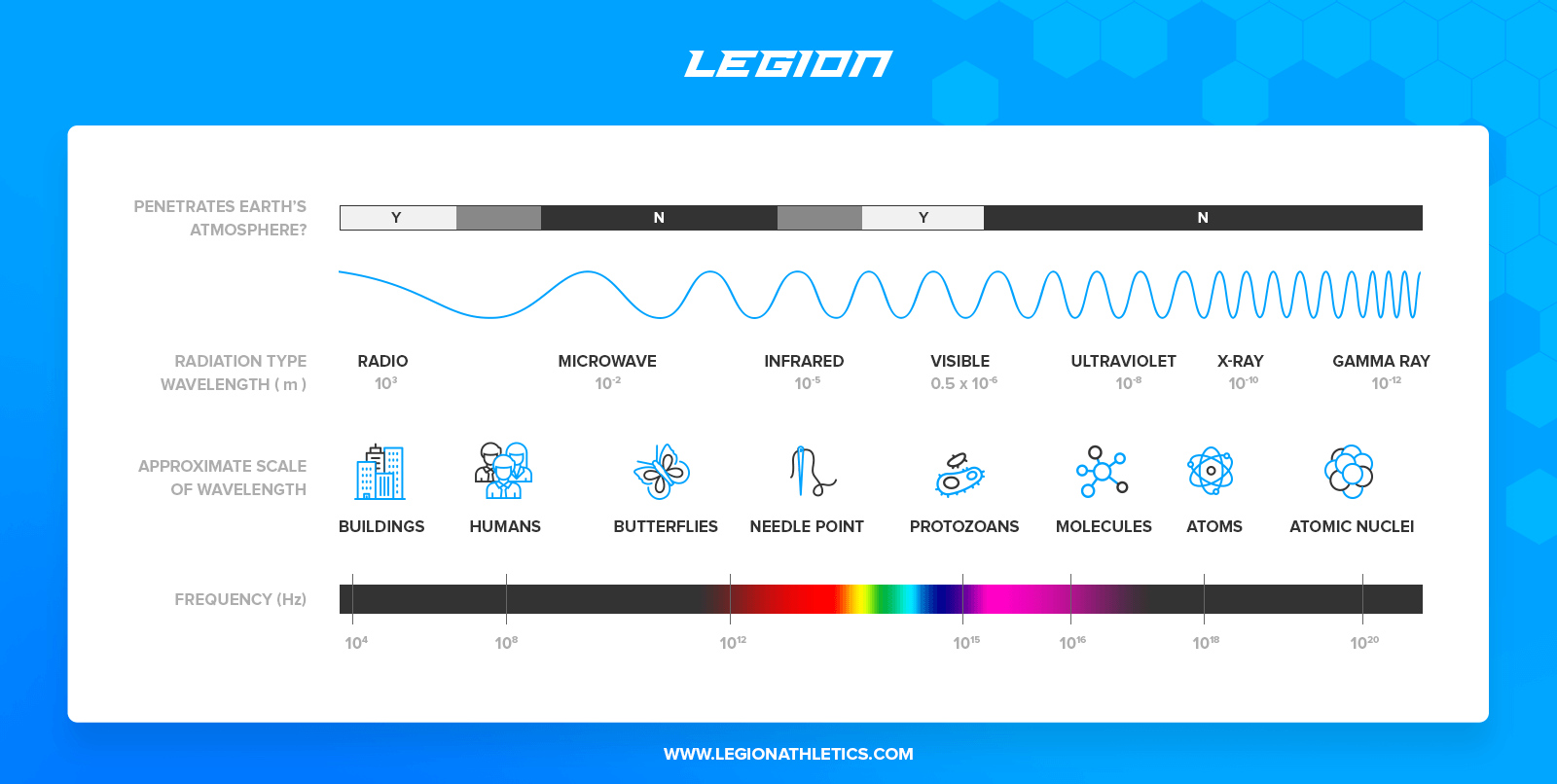
The best gym for you is the one that meets your goals and needs. It's not okay to just follow the lead of others. You should justify each exercise or method in terms of the benefits it offers to your goals. Not just because you feel exhausted and unmotivated. This is because the best workout doesn't have to be the longest or most difficult. It should serve your purpose and allow you to make meaningful progress.
Exercises that require you to move in one direction
Functional exercises involve movement in several planes and can be performed with free weights or machines. They can help improve your body awareness, joint range and motion, as well as train your whole body. A medicine ball, dumbbells, or barbell can all be used for functional exercises. You can also use a sandbag strapped to your shoulder to engage your core.
It is important to train multiple muscle groups at the same time for effective gym workouts. You can easily train multiple muscle groups and increase strength by using three to five exercises. Because our bodies are built to work together, you can train multiple muscle groups simultaneously. It is easier to train different muscle groups when your workouts are more varied. Variety will motivate you and make it easier to stick with your training program.

Exercises that increase heartbeat
You can lose weight and fat by engaging in heart-rate exercises. 85 percent of calories can be burned when your heart rate is greater than the normal resting pace. Slowly and moderately should be used for exercises that increase heart beat. Before starting any exercise program, you should consult a doctor if your heart condition is serious.
It helps to keep your heart healthy and strong by increasing your heart rate. It can also lower blood pressure and decrease the risk of getting heart disease. Additionally, it can strengthen the muscles.
Exercises that increase metabolism
Strength training is one of the best exercises to increase your metabolism. Strength training uses all major muscle groups, including your core, to help you burn calories more quickly than fat. Strength training exercises include exercises like mountain climbers. They also help to build upper body muscle. You will also experience a faster heart rate. This means that oxygen-rich plasma reaches more parts of your body more quickly.
High-intensity Interval Training (HIIT), is another exercise that increases your metabolism. HIIT involves short bursts of intense exercise followed by longer recovery periods. While HIIT is tougher on your body than traditional exercises, it gives you a long-term burn. Because your body takes longer to recover from intense training, HIIT is more effective.

Exercises that increase hormones
According to this study, different types of high-intensity training can increase certain hormones. High-intensity exercises can result in an increase of testosterone, a hormone that is essential for maintaining lean muscular mass. This does not necessarily mean that all exercise increases testosterone. To maintain a healthy hormone balance, it is important not to do too much exercise. This will lead to poor health.
During resistance training, there are many different kinds of hormones. These hormones play an important role in the body’s adaptation to physical exercise. For example, testosterone tells the body that it should produce more lean muscle tissue through increased protein synthesis. This causes muscle growth to accelerate. Low testosterone on the other side can hinder the body's ability to repair and adapt properly to exercise. It can also lead to symptoms like chronic fatigue.
FAQ
What Amount Of Exercise Is Needed For Weight Loss?
There are many factors that influence the amount of exercise required to lose weight. These include your gender, age, body type and how heavy you are. Most people need to exercise at least 30 minutes five days a weeks.
The American College of Sports Medicine recommends 150 minute of moderate-intensity aerobic activities per week. These should be done over three days.
You can lose 10 pounds by doing 300 minutes of moderate-intensity exercises each week, for example. You can do this by walking fast, swimming laps or biking, as well as playing tennis, golfing and hiking, or jogging, running or other similar activities.
Start out with 20 minutes of vigorous physical activity three times weekly if you're just getting started. It could be sprinting, lifting weights, jumping rope or fast walking.
Aerobic exercise also helps burn calories and build muscle mass. Muscles burn more calories than fat. So building muscle while losing weight may help you achieve your goal faster.
How often do people fast regularly?
Most people who follow a ketogenic diet fast once per week. But, some people fast twice per week. And others fast three times per week.
The length of each fast varies too. Some fast for 24 hours while others fast for 48.
Some people will even travel more than 72 hours. However, these extreme cases are rare.
What should I eat when I fast intermittently to lose weight
You can lose weight by cutting out carbs. This means that you should cut out carbohydrate-based foods like bread, pasta and rice.
Because it makes you feel fuller, you'll want to limit your intake of protein. You won't feel as hungry.
Focus instead on healthy fats such as avocado, olive oil, nuts, seeds, and peanut butter. These foods can keep you satisfied for hours after they are eaten.
It is vital to ensure that you are drinking enough water. Water can help you lose fat by keeping you hydrated.
You may find that you actually crave these foods when you fast. This doesn't mean that you must give in to your cravings. If you do that, you may gain more weight then you lose.
Try to limit how many calories you eat each day. This will help prevent you from overeating. You can sip water instead of reaching out for another snack when hunger strikes.
It may sound counterintuitive but this has been shown to help you lose weight. One study published in Obesity showed that plain water was more nutritious than sugary drinks.
Drinking plain water also reduced hunger. You can lose weight by avoiding sweetened drinks and sticking to water.
To lose weight, you don’t have to count calories or restrict certain foods. Instead, focus on making small changes to your lifestyle.
For example, you can start by swapping your usual breakfast sandwich for a bowl of oatmeal. Alternately, you can swap your afternoon cookie with a piece de fruit.
These simple swaps can add up over time to help you shed excess weight without spending hours in your kitchen.
How to create an exercise program?
First, create a routine. You should know what you will do each week and how long. This will help you plan ahead and prevent procrastination.
It is important to make sure you are getting plenty of variety from your exercise routine. You don't want your exercise to be monotonous.
You also need to keep track of your progress. It's crucial to track your weight changes over time.
You can lose weight quickly if you do not gain weight. You may find it difficult to stay motivated if your weight increases.
It is important to find the right balance between weight gain or weight loss. If you are unhappy about where you are, it will make you less likely to exercise.
What Can You Lose in One Week?
Your body fat percentage determines how much weight you are able to lose. To begin, you need to determine how much weight that you would like to lose. Next, find your BMI (Body Mass Index). Your BMI will tell you how much weight to lose. If your BMI is 25 or greater, you're overweight. If your BMI is more than 30, you are obese.
For example, let's say you have a BMI of 28.7 and are 200 pounds. To get to a healthy weight range, you'd need 70 pounds of weight loss. To see if you're overweight, visit www.healthyminds.com/bmi/.
This formula can be used to calculate how many pounds you will lose each week once you have determined your BMI.
(Your Goal Weight - Current Weight)/BMI * 7 Number Of Pounds Lost Per Week
To lose 50lbs in a month you will need 2 weeks worth of exercise. This equals 56 days. Then, divide that by 7 pound per day. That works out to 8.3 pounds lost per week.
You could also try this calculator from www.weightlosscalculator.net. This calculator gives you an estimate of how many calories are needed to lose 1 pound per day.
Statistics
- Among women, the increase in metabolic rate was nearly 4%, or 50 more calories per day (14Trusted Source (healthline.com)
- According to a study sponsored by the American Council on Exercise, a person weighing around 140 pounds (64 kg) would burn 108 calories at a 30-minute beginner's Pilates class or 168 calories at an advanced class of the same duration (26). (healthline.com)
- One study in 9 active men found that HIIT burned 25–30% more calories per minute than other types of exercises, including weight training, cycling, and running on a treadmill (18Trusted Source (healthline.com)
- Another study found that 24 weeks of weight training led to a 9% increase in metabolic rate among men, which equated to burning approximately 140 more calories per day. (healthline.com)
External Links
How To
How to lose weight quickly
There are many ways to lose weight fast. Most people find these methods ineffective and not sustainable. It is best to exercise and lose weight quickly through diet. You should eat fewer calories than you burn daily. This means you should consume fewer calories each day than what your body burns during daily activities. To lose weight quickly, you need to reduce your calorie intake.
You should avoid foods that contain large amounts of fat and sugar since they increase your appetite. Drink plenty of water each day. It helps to keep your body hydrated and maintains your metabolism at its highest. You'll get results quicker than you ever imagined if you combine all three of these things.